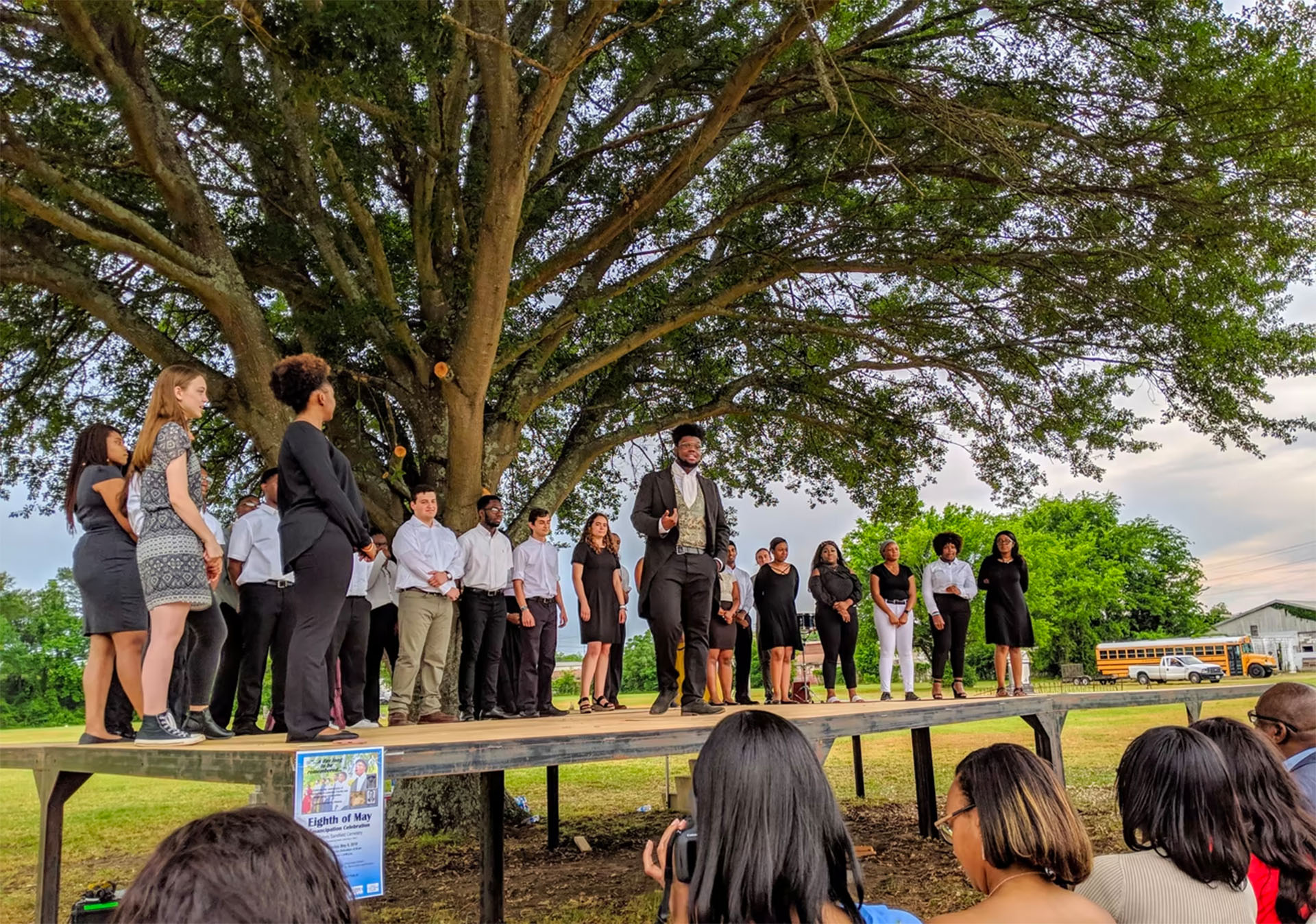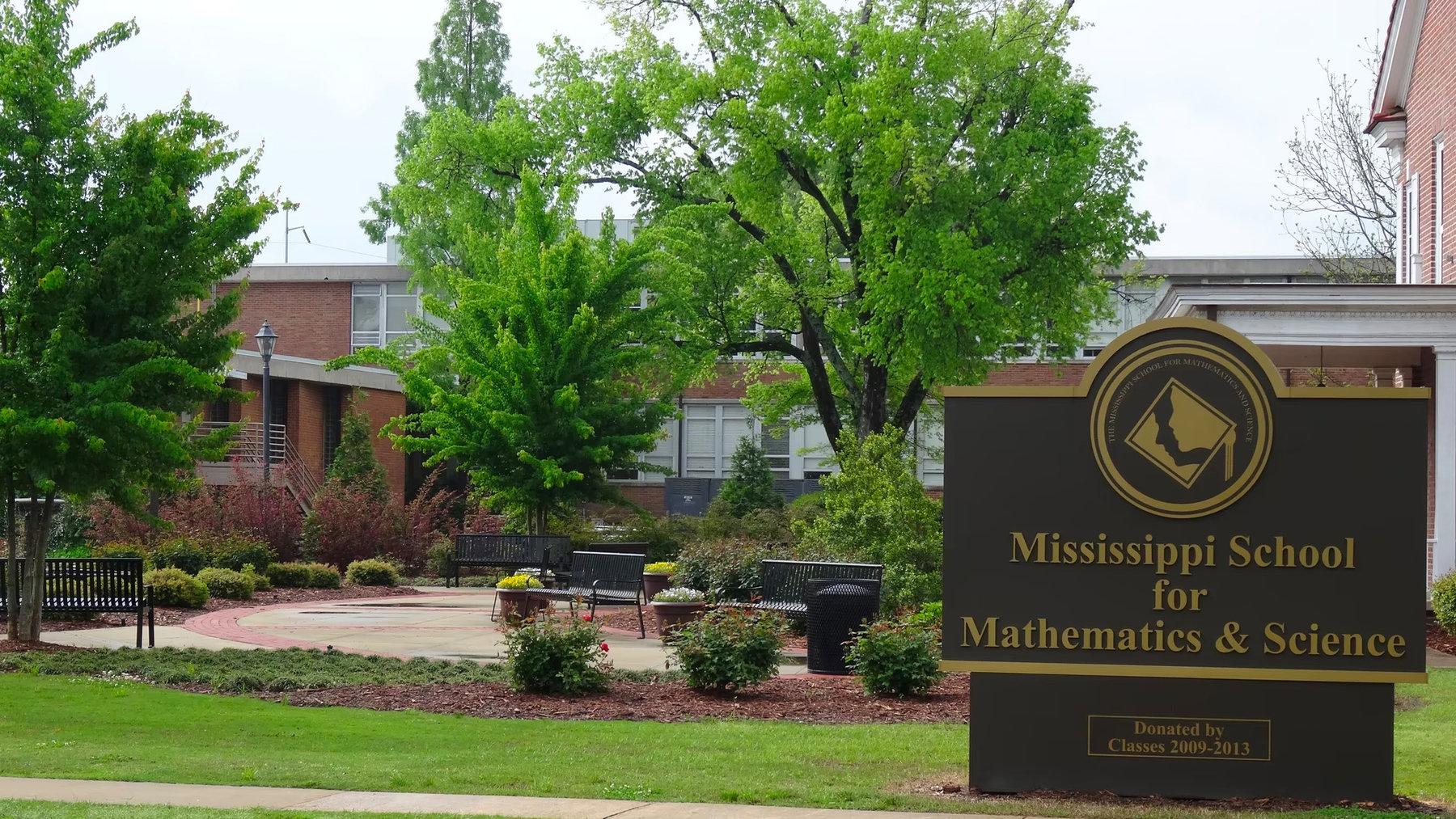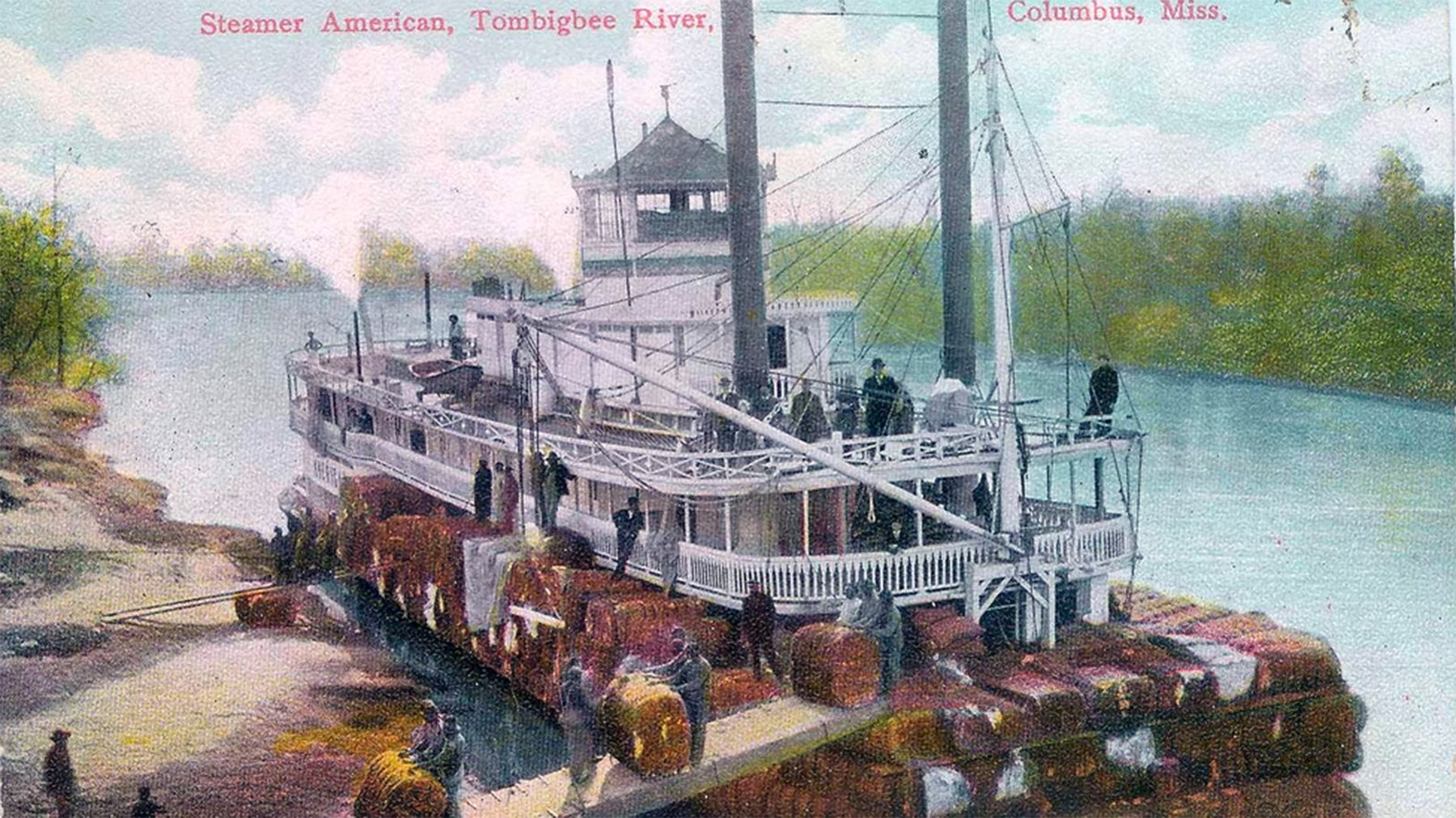This could be a story of high school students in Mississippi, raising the profile of a historic moment of school desegregation in the 1960s South and noting it for posterity with a marker on the grounds of the school.
That would be quite enough. But the story is really much more than that. It is a story of a “systems success,” of many players working together to celebrate a nearly-forgotten moment and make it indelible. Here are the players:
The high school
The Mississippi School for Mathematics and Science (MSMS) is a residential public boarding high school for juniors and seniors. The students come from far and wide across Mississippi: the fashionable parts of Hattiesburg, the doublewides in the Delta. Education-reformist Governor William Winter inspired the so-deemed Governor’s School, which opened in 1988, only the fourth such school in the country at the time, to offer immersive programs in mathematics and science to students from across the state. Today, as my husband Jim and I have witnessed, the school is a model for not only science and math but arts and humanities as well.
The introduction for us to MSMS and its hometown of Columbus, MS came a decade ago, when English teacher Thomas Easterling challenged us to check out the school after we had written about another governor’s school in Greenville, South Carolina. Here are the backgrounders we wrote early about the schools in MS and SC, as part of the Our Towns coverage.
The teacher and the idea
Chuck Yarborough is a history teacher at MSMS. We had learned about two of his earlier projects, Tales from the Crypt, and the Eighth of May Emancipation Celebration, in which students researched the lives and times of historical figures, then presented reenactments of episodes from early Columbus, MS. In the summer of 2021, Yarborough launched the MoreStory Monuments project, which was to build on the other local history projects, and if successful, culminate in planting of actual monuments to an event in the Columbus, MS past.
The point, Yarborough wrote me in an email, was that local history projects, like these, “orbited a central idea: searching for a more complete understanding of local history as a means of empowering our local community in the present to make more informed decisions about our community’s future.”
The students and their work
The students were enrolled in Yarborough’s history class. One feature I noticed when visiting both Easterling’s and Yarborough’s classes, was that not only did none of the students try to fade unnoticed into the woodwork, but rather they tried to almost leap in to challenge and engagement. This project demanded primary document research from Columbus’s Lowndes County Public Library, more online supporting research from nearby universities and organizations, literature and media, writing up their findings, building public presentations, composing the text for the marker, and eventually securing the designation from the state organization that awarded the monuments. A second group from Yarborough’s class will have a dedication of another marker soon.
There were plenty of demands and plenty of complex inspiration. After all, the students were going to school in a town and state rich in both history and strife. Columbus, now a bi-racial town of some 25,000 people, was a hospital town during the Civil War. It is the birthplace of Tennessee Williams. This is Faulkner country. Eudora Welty country. Willie Morris country.
The state of Mississippi
For almost 75 years the Mississippi Department of Archives and History has overseen the state’s Historical Marker Program. So far, there are about 1000 markers placed around the state in cemeteries, schools, abandoned towns, and elsewhere. Chuck Yarborough says part of the inspiration for this project was the scarcity among the 35 markers in Lowndes County for women (4) and African Americans (6).
The University and the public library
MSMS is located on the campus of the Mississippi University for Women (MUW), or The W, as it is now called colloquially. (It has admitted both men and women since the 1980s.) Erin Kempker’s students at The W had been conducting extensive research on the desegregation of the university for years. The work was presented in a moving art exhibit called In Their Footsteps in 2016, at the 50th anniversary of the desegregation. You can find the digital version here. MSMS students built on that work for their own marker project.
The Columbus/Lowndes County Library, located in downtown Columbus, has long hosted MSMS students doing original research for Yarborough’s previous projects, and they extended that privilege to the students for this one. The library contains a goldmine of historic documentation, and the students learn everything about how to find and handle the sensitive documents.
The Support
Chuck Yarborough was selected by the Emerson Collective for a national fellowship for 2022, with focus on the topic of Democracy. This opportunity has elevated Yarborough’s projects from a local to a national stage. With the fellowship came a set of Emerson colleagues, also working on projects about Democracy. It also provided welcome funding for the historic marker, and other costumes, props and equipment for student presentations in Yarborough’s other MoreStory projects.

The marker and the story behind it
The marker honors six African American women who integrated the university in 1966 — 82 years after its opening; nine years after the landmark desegregration of Little Rock Central High School in Arkansas; and four years after James Meredith entered the University of Mississippi.
The origin story of the three undergraduate women, Diane Hardy, Barbara Turner and Laverne Greene (now Greene-Leech), is humble and sounds almost accidental. For Hardy, it was a dream and a dare. She plainly announced her plans to apply to The W, then called the Mississippi State College for Women, mostly just to see what would happen.
Greene-Leech, who attended the marker dedication ceremony, recalled this history for the WCBI news outlet . “Diane said I’m going to write to The W, and you know we laughed at her because we were going to Valley, Jackson State, Tennessee, and wherever else, and she said I am going to apply to The W. Well, Barbara and I said, if you do, we’ll do, and so we did.”
Then came the reality check: Greene-Leech also recalled the daily insults once she stepped onto the campus for the Columbus Dispatch. The cafeteria, dorms, and social clubs were off limits for the Black girls. Giving way to white students on the sidewalks was expected. The atmosphere finally became too much for Greene-Leech, and she withdrew after her third semester. Hardy, who died in 2013, dropped out in 1968, right after the assassination of Martin Luther King, Jr. She ultimately returned to earn her degree from The W in 1996. Barbara Turner had dropped out in 1969.
There were three Black graduate students who entered the school as well, Jacqueline Edwards, Mary Flowers, and Eula Houser. Edwards was the first African American to receive a master’s graduate degree from the university in 1968, and Houser followed shortly thereafter.
Today, Greene-Leech says she’s speechless, never anticipating that her story, and that of her friends, would become immortalized by the state of Mississippi.
The Bigger Picture
The work by the students and the ceremonial dedication of an immortal marker became much more than a class assignment. It indeed meets Yarborough’s intention to fill in a more complete picture of history for the students, the town and residents of Columbus, Mississippi. And to become part of the official record to inform future decisions for this part of the American South. There’s a practical bonus lesson for American education as well: this kind of project is replicable in other schools in other parts of the country.




